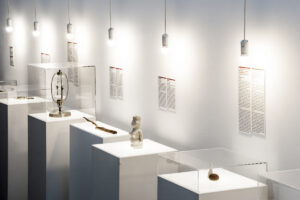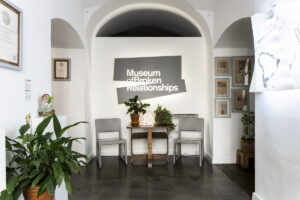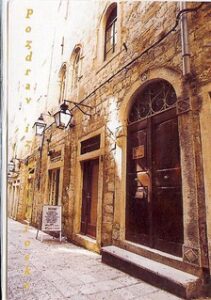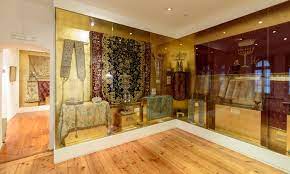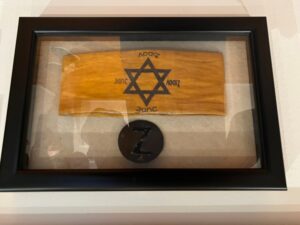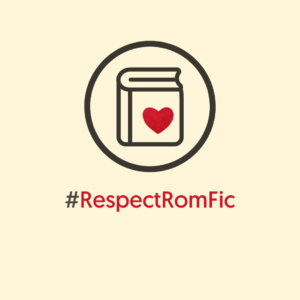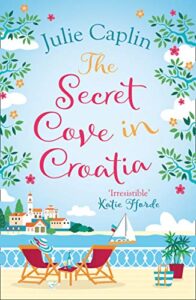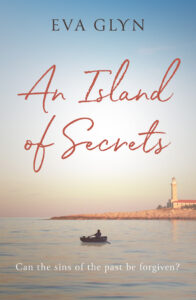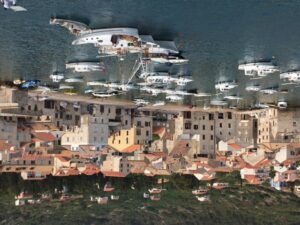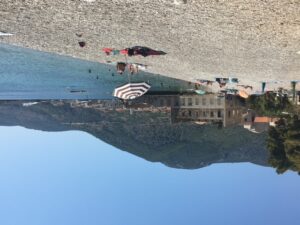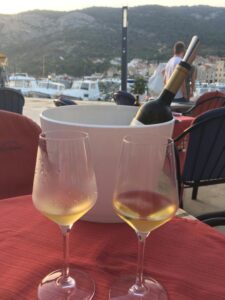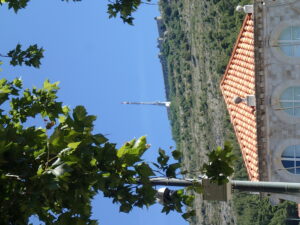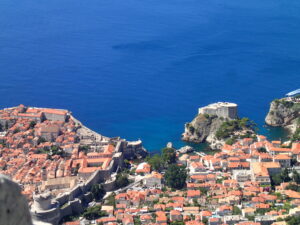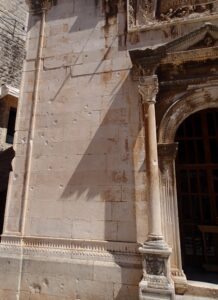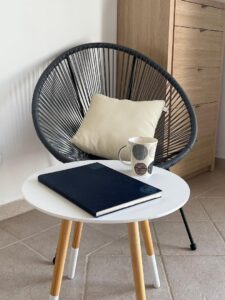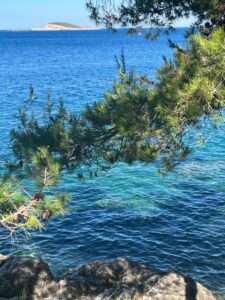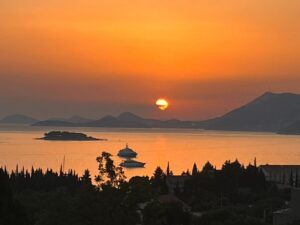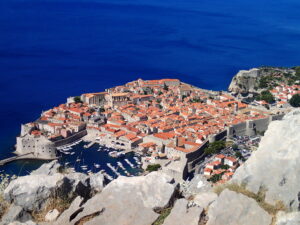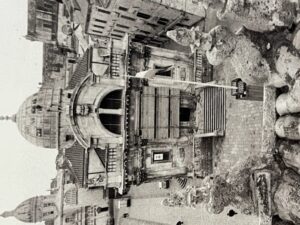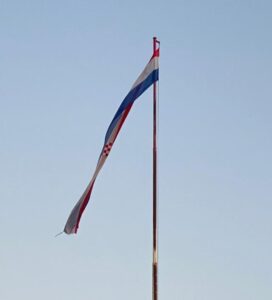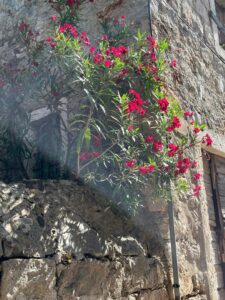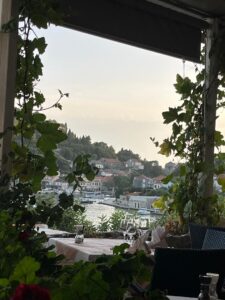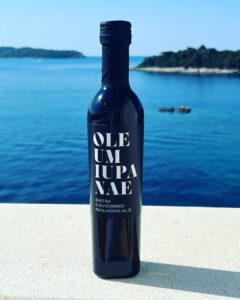“A museum about you, about us, about the ways we love and lose”
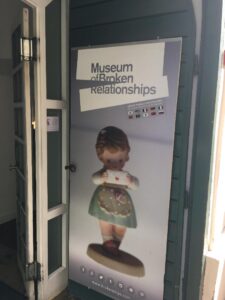 We stumbled upon it one warm September afternoon in Zagreb’s Upper Town, a sign so intriguing we crossed the road to take a closer look. A museum? For broken relationships? One where the artefacts are contributed not by historians or professional artists, by those involved; the heartbroken, the newly released, the despairing and the ever hopeful.
We stumbled upon it one warm September afternoon in Zagreb’s Upper Town, a sign so intriguing we crossed the road to take a closer look. A museum? For broken relationships? One where the artefacts are contributed not by historians or professional artists, by those involved; the heartbroken, the newly released, the despairing and the ever hopeful.
Zagreb may be the museum’s permanent home but it also has a virtual presence and outreach exhibitions. And anyone can contribute, either by sending their item to the museum or one of the exhibitions, or by filing their story online. Indeed you can upload a story that no-one else will see; it can remain your personal testimony until you are ready to share it, or timelocked until a date of your choosing.
The idea behind donating is this: “Recently ended a relationship? Wish to unburden the emotional load by erasing everything that reminds you of that painful experience? Don’t – one day you may regret it. Instead, send your item to our museum and take part in the creation of a collective emotional history!”
And which of us has not been there? The decision to part with (or not part with) a possession so intrinsically wrapped into a relationship that is broken beyond repair is one of the toughest. We have lost the person (for better or for worse). Would it be cathartic or even more heart wrenching to lose that birthday card, that pair of boots, that book, that kitten… Please don’t sent the museum the kitten – a photograph will do very nicely.
So what sort of things does the museum receive? The answer is anything and everything and the collection is growing so fast that only around a tenth of it is ever displayed. But it is all carefully curated and kept, seeing the light of day for themed exhibitions and when new space becomes free. Online contributions, in the form of pictures and stories, are published to the museum’s website within a few days.
The Museum of Broken Relationships began in 2006 as creative art project conceived by Olinka Vištica and Dražen Grubišić. Even now the fundamental idea behind it is to pull creativity, rather than destruction, from grief by giving something to the museum. The idea is a sound one. I remember many years ago hearing a rabbi on the radio say that if you make a mistake, rather than fret about it you should wrap it up in a beautiful parcel and make a gift of it to your god. Unlikely as it sounds, it worked for me.
If you visit the museum or one of its exhibitions you could be confronted by anything so do so with an open mind. Everything is displayed anonymously, with the dates and place the break up happened. A drawing, a doll, a dildo… a piece of belly button lint. Everything has a place here and a story. But one of my absolute favourites is a toaster. The toaster of vindication it’s called, the label pithy and brief: “That’ll show you. How are you going to toast anything now?”
To visit, contribute, browse, or support the museum by buying something quirky or hilarious from its shop, check out its website at https://brokenships.com/

